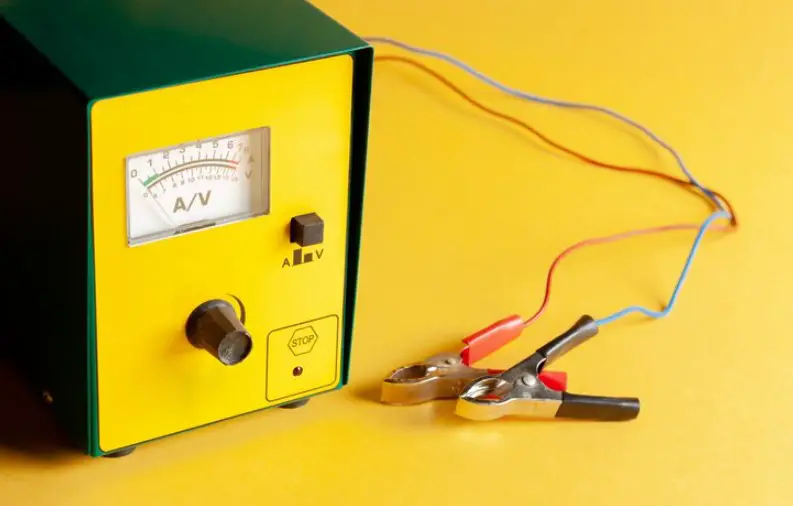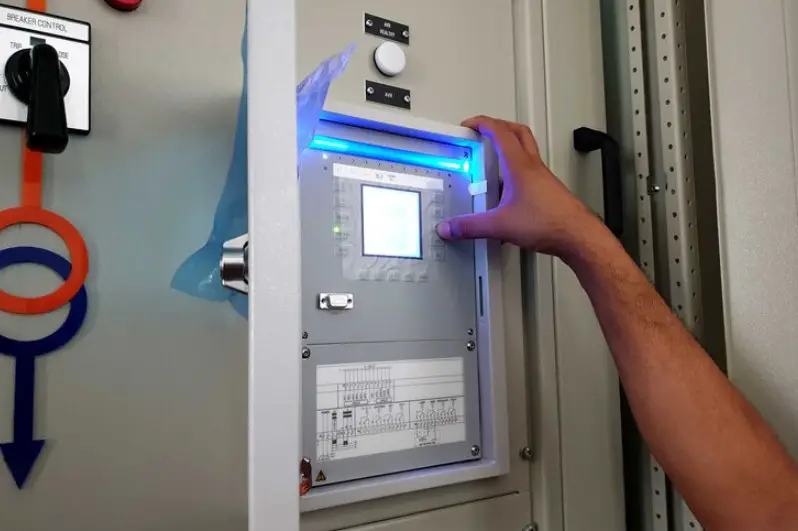Last Updated on February 15, 2023 by Leepu Da Maxim
Is there a possibility of bypassing a voltage regulator of your Ford car? Yes. If you have the right tools and you have the know-how of what you are doing, you can bypass a Ford car’s voltage regulator and solve the issue once and for all. However, before bypassing the voltage regulator, ensure that the problem you face results from a faulty regulator.
Key Takeaways
- A voltage regulator is a small but vital component in your car because it regulates the DC voltage produced by the battery and gives the engine sufficient energy
- A voltage regulator ensures that the voltage is within the required range and compatible with the electrical components of your car
- If there is any problem with the voltage regulator then you will experience engine stalls or sputters, the car’s lights might dim, or the battery dies suddenly
What are the Symptoms of a Faulty Voltage Regulator?

It is essential to ensure that the regulator is faulty before bypassing it. A bad voltage regulator will have some of the symptoms listed below:
- Occasional low voltage in engine start that occurs suddenly.
- An occasional and sudden surge in voltage.
- Failure to show voltage reading at times.
- Failure of the cluster to run correctly.
- Light dimming or continuous battery flashing on the dashboard.
- Inaccurate voltage reading on the gauge.
Suppose you encounter any of the above situations, check your voltage regulator to ascertain that it is bad. In a few instances, the problem might be a fault gauge system.
Testing the Voltage Regulator Step-by-Step before Bypassing It

Before you bypass the voltage regulator of your Ford car, ensure that you test it first to eliminate any doubts. Testing it is a straightforward task that is easy to undertake. You only require a reliable multimeter such as AstroAI from Amazon or borrow from a nearby mechanical shop.
When equipped with the multimeter, follow the steps below to test your car’s voltage regulator:
Step 1: Connect the Multimeter with the Engine Battery
Attaching the multimeter to the engine battery is an easy process. Ensure you connect the black wire to the battery’s negative (-) terminal and the red one to the positive (+) terminal.
Turn the knob of the multimeter towards the DC voltage to switch on the power.
Step 2: Starting the Car’s Engine
When you start the car’s engine, a voltage reading will display on the multimeter’s screen, and the reading is usually 12.6 volts.
Step 3: Increasing the Engine Power
The third and final step is increasing the engine power and letting it idle from 1500-2000 Rpm. If the voltage surges with the increase in revolutions per minute (Rpm), your voltage regulator needs to be replaced or repaired.
Suppose you notice that the voltage doesn’t exceed 12v and drops instead of increasing; know that the battery is not providing the needed power supply. The other course for this scenario could be that the alternator isn’t receiving enough charge.
Ensure you examine all terminals that connect the volt regulator to the battery to ensure that they are not rusty or loose. Rusty and loose connections can’t provide the correct power voltage.
Suppose you increase the engine power and realize that the voltage reading stagnates at 12.6V or around it; then, you don’t have any issue with the OEM voltage regulator of your Ford car. The problem can be with the gauge or the battery in this scenario.
However, if you face the abovementioned issues, consider installing an external voltage regulator bypass, as this is the best option to cancel voltage problems entirely.
How Should I Bypass a PCM Voltage Regulator of a Ford Car?

The best way to remedy the power supply issues is by bypassing your Ford car’s PMC (Power Control Module). Ensure you make an alternative alternator that will function as an external voltage regulator.
Here are the requirements that will enable you to make your own alternator:
- Aftermarket Voltage regulator.
- The regulator’s plug harness.
- Wires for connection.
Bypassing a Ford car’s voltage regulator requires you to do it in two phases; setting up the alternator regulator and connecting the regulator.
Phase 1: Setting Up the External Alternator VR (Voltage Regulator)
The first task is to make your own alternator by following these simple steps:
Step 1: Connect the Harness with the Alternator
The harness plug’s two wires will go to the alternator. The blue wire (sometimes labeled with F) goes to one side of the alternator while the green/white one goes to the other end of the plug.
Ensure that the red wire goes to the positive (+) terminal of the battery (the red wire might come with “A” labeled on its side).
Be aware that the two wires of the harness plug might be green and blue, white and blue, or two black cables. Therefore don’t be jumbled by the colors since they vary according to models.
Important Tip: Ensure you fix a fuse box to the red wire that goes to the battery to avoid battery drainage when the car is switched off.
Step 2: Tape the Wires
Before mounting the harness plug into the alternator voltage regulator, ensure you correctly tape the wires using suitable tape to protect them from the fuse or any leakage.
Phase 2: Wiring Up the Alternator Regulator
After laying the ground in phase one, it’s time to connect your alternator regulator with the battery and the car’s ECM panel.
Below is a step-by-step guide to accomplish the task:
Step 1: Open the Hood of Your Ford Car
Your car’s engine regulator is found in the front engine hood. Therefore, opening the hood is the first step. Before you start working on the regulator, ensure the engine is cold, or else you will burn your hands. Otherwise, consider using hand gloves while working.
Step 2: Disconnect Battery Terminals
Disconnect the battery terminals by detaching white and black wires to cut off the power supply.
Step 3: Find the Voltage Regulator
Figure out where the voltage regulator is. You will most likely find it attached to your car’s computer panel. Locate the voltage wire in the regulator and disconnect your alternator.
Step 4: Fix the External Alternator
Use firewall screws to mount the alternator voltage regulator to the inner fender. You can opt to use one sheet metal screw for grounding purposes.
Step 5: Link the Wires to the Alternator Voltage Regulator
Start with cutting off the factory wires of the voltage regulator and tape them since you don’t need them anymore.
Connect the blue wire from the alternator to the bottom of the voltage regulator and the green wire to the top of the voltage regulator. Both are 12V wires from a 12V key switch.
Step 6: Connect a Fuse Box to a Voltage Regulator (VR) Switch
Ensure you figure out a 12V key switch from the board panel, fix a fuse, and hook it to the bottom of the switch box.
Step 7: Connect the car Battery
Reconnect the red wire to the battery’s positive terminal and the alternator regulator’s wire to any voltage regulator’s port, and voila! You have bypassed your ford car’s voltage regulator.
The Bottom Line
A faulty voltage regulator can pose myriad problems in your Ford car. The primary issue includes a low voltage that might lead to stalling. The best solution is bypassing your car’s voltage regulator to eliminate the problem.
Reference 1: How to bypass Voltage Regulator for 1 wire Alt – Ford Truck Enthusiasts Forums (ford-trucks.com)
Reference 2: HOW TO: Ford Voltage regulator Test & FIX – YouTube

Hi, I’m Leepu Da Maxim , a dedicated car enthusiast with over 10 years of experience in this field, and I’m thrilled to share my passion and expertise with fellow car enthusiasts like you. My journey began in my hometown West Jordan, Utah, where my fascination with the mechanics and design of cars sparked at a young age. Over the years, this passion has evolved into a commitment to providing accurate, insightful, and engaging information about all things automotive through CarsAmazing .

